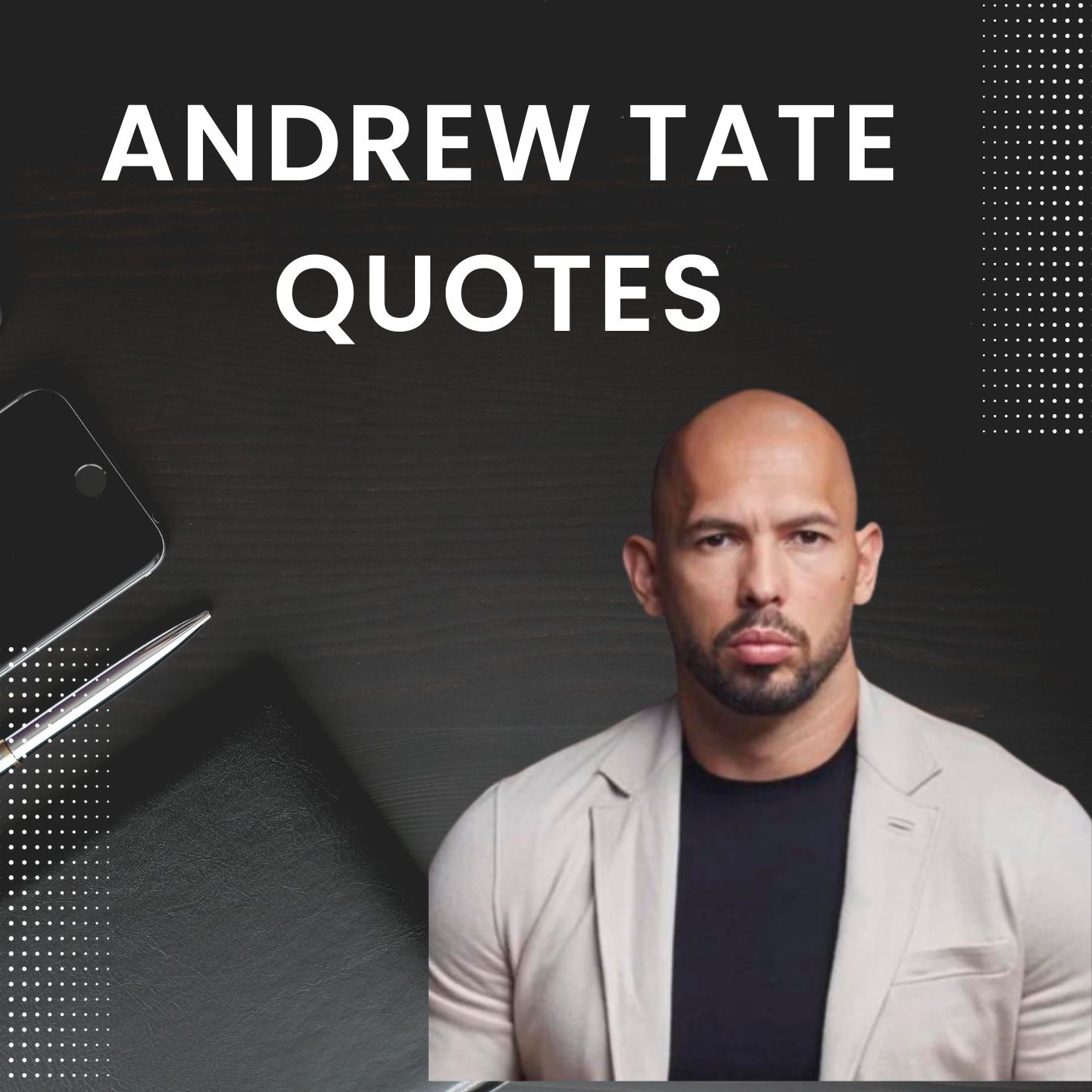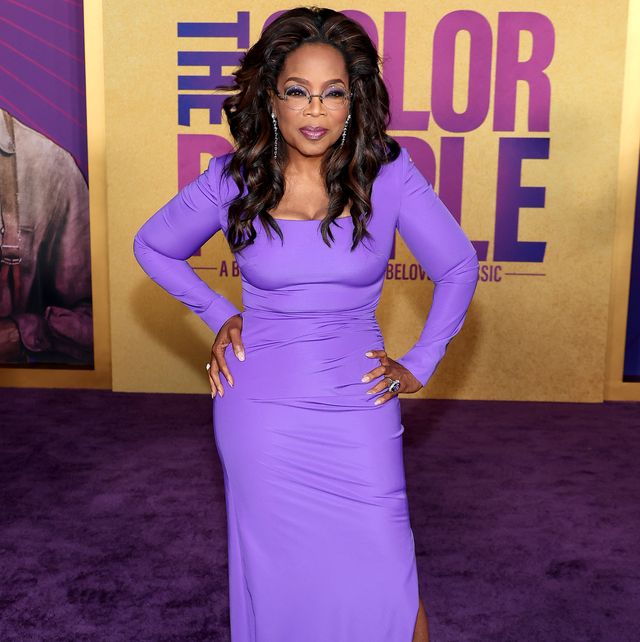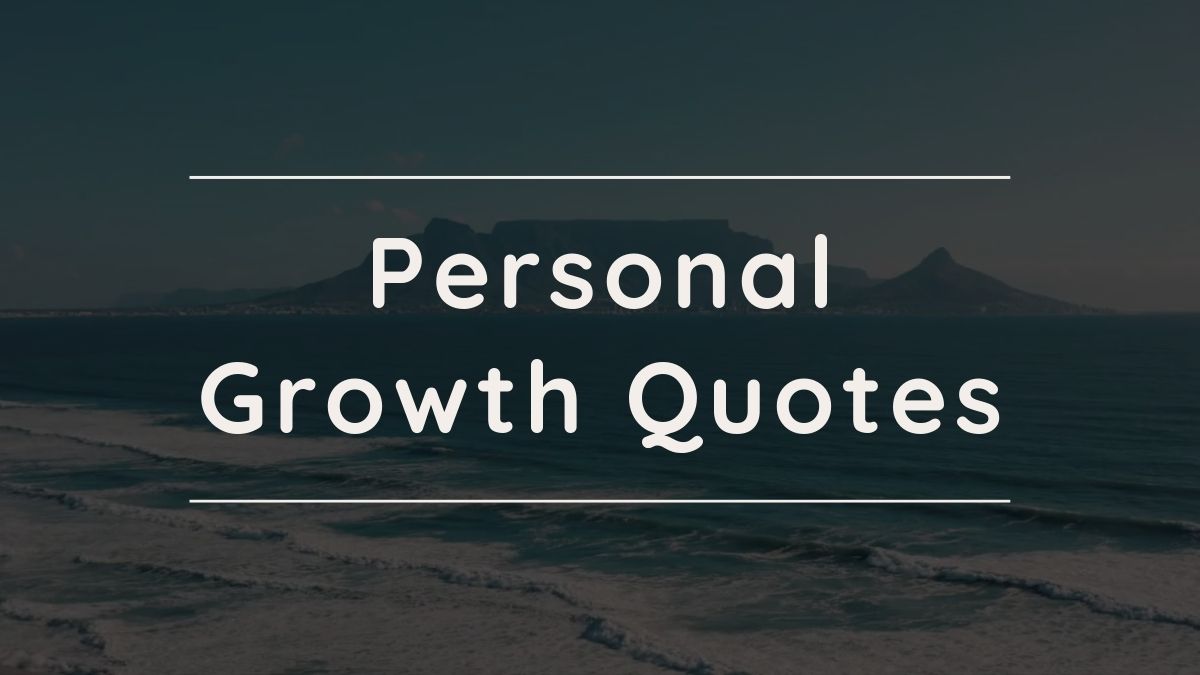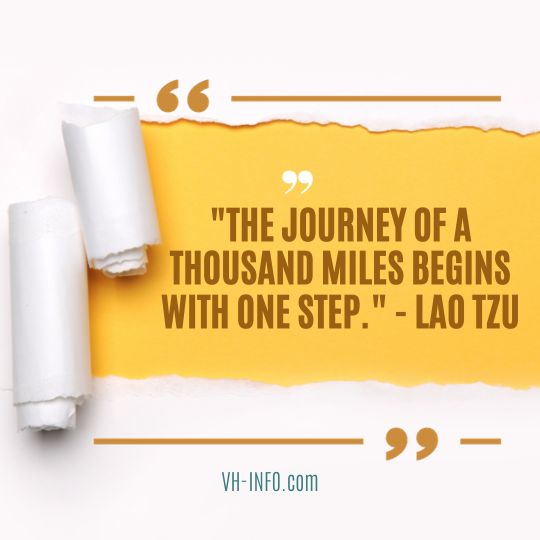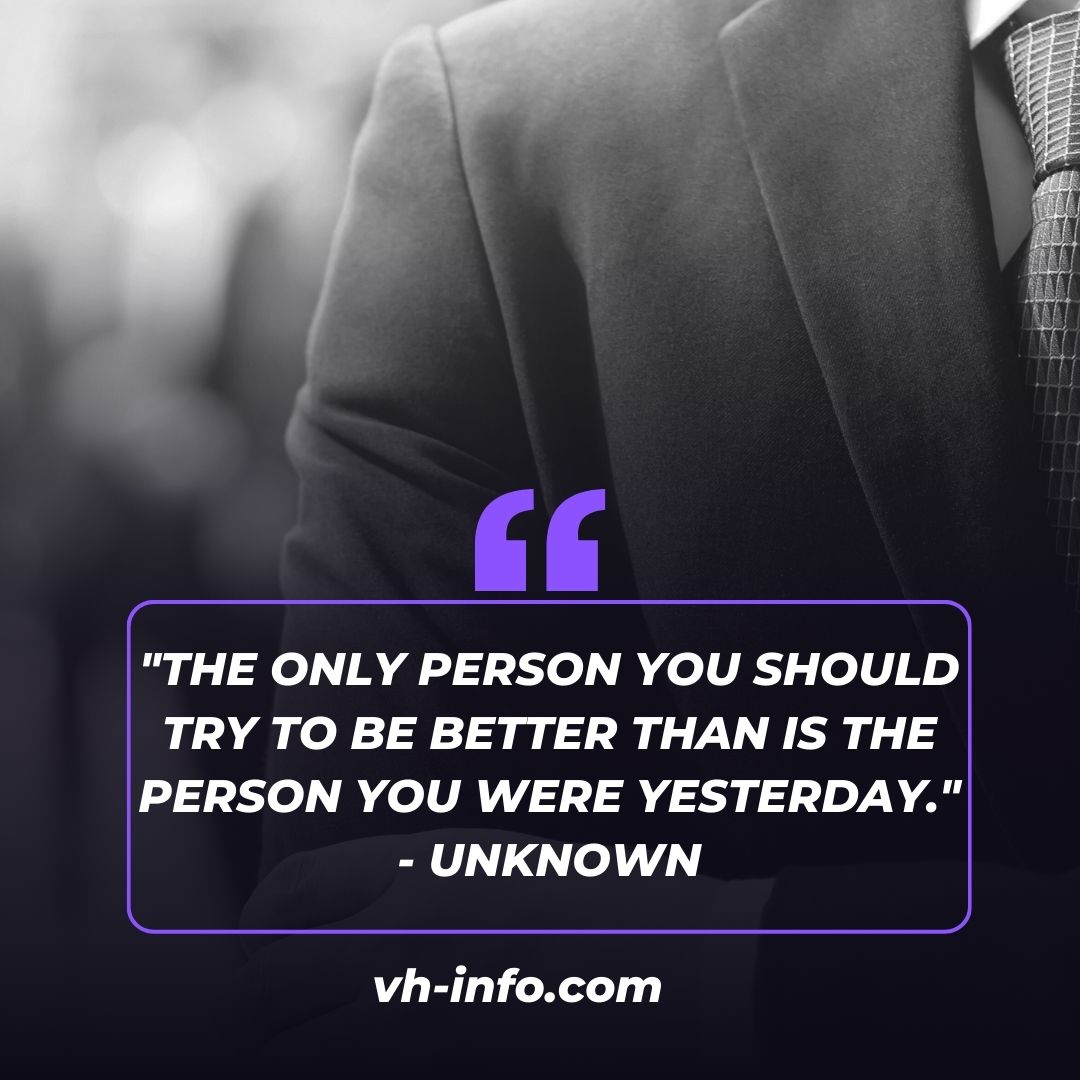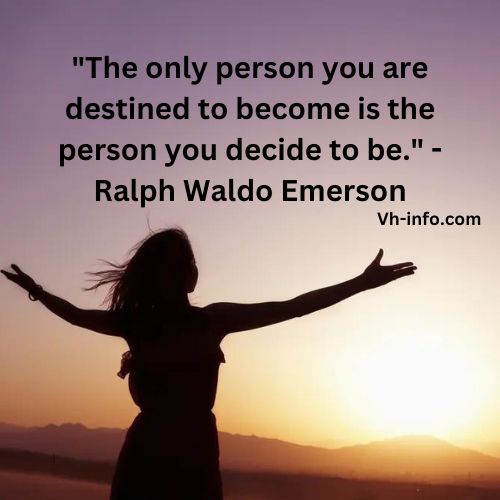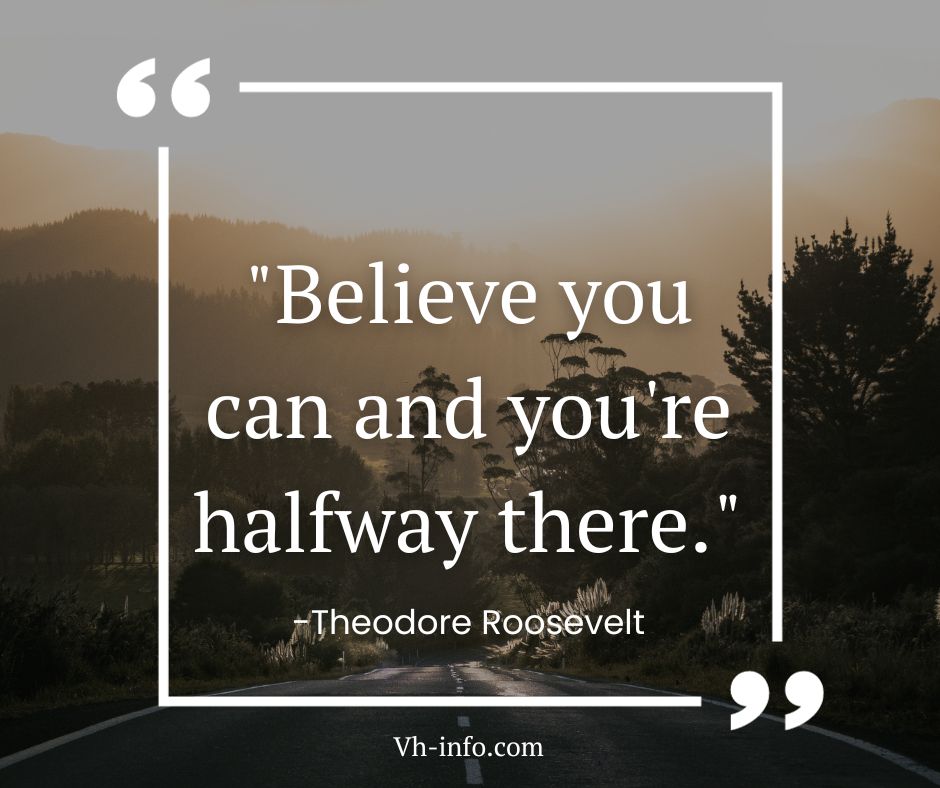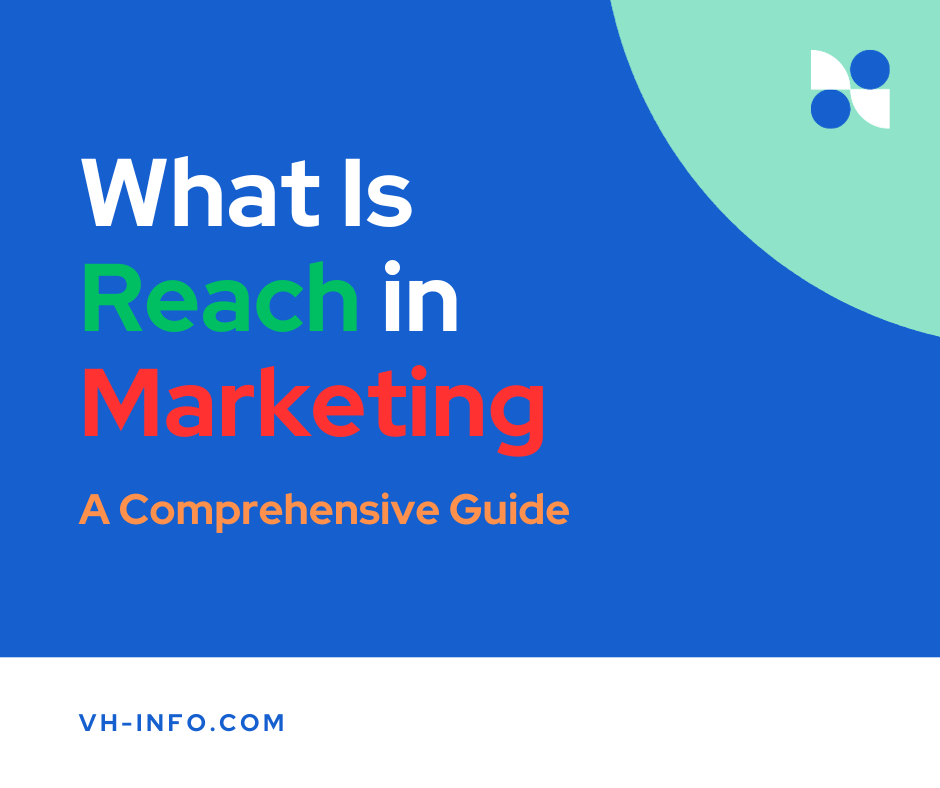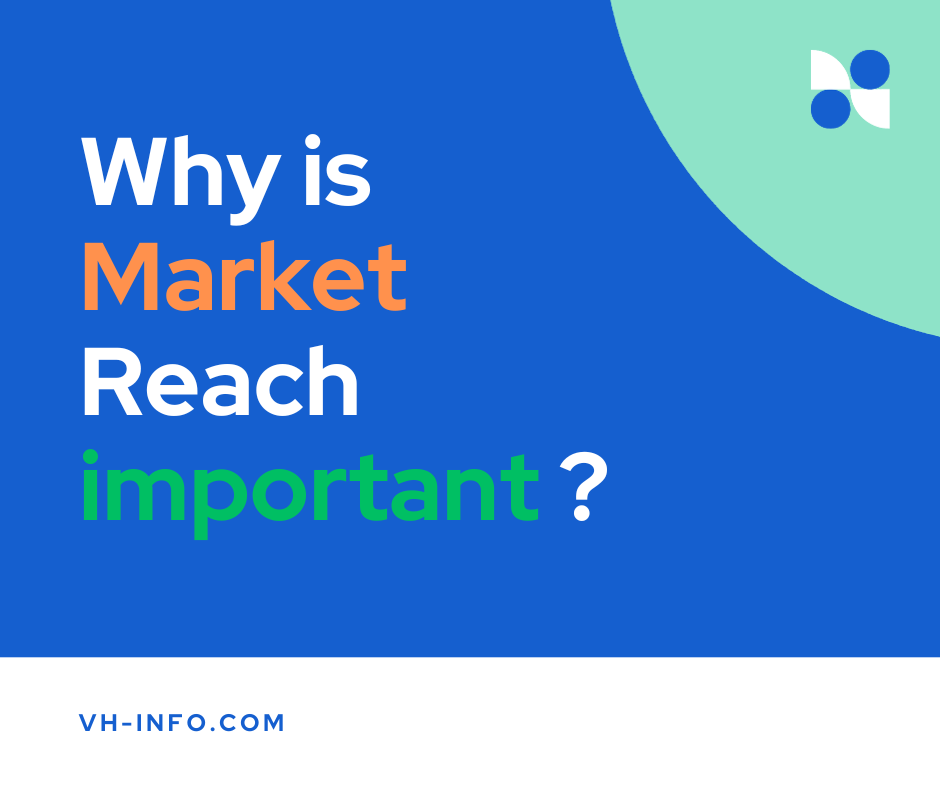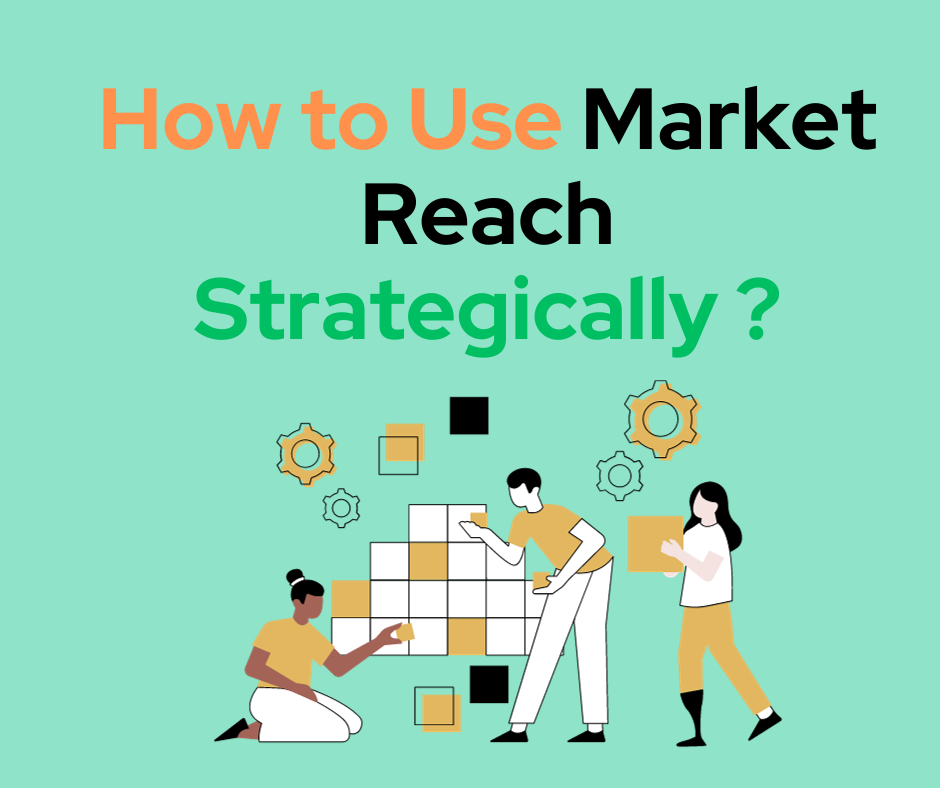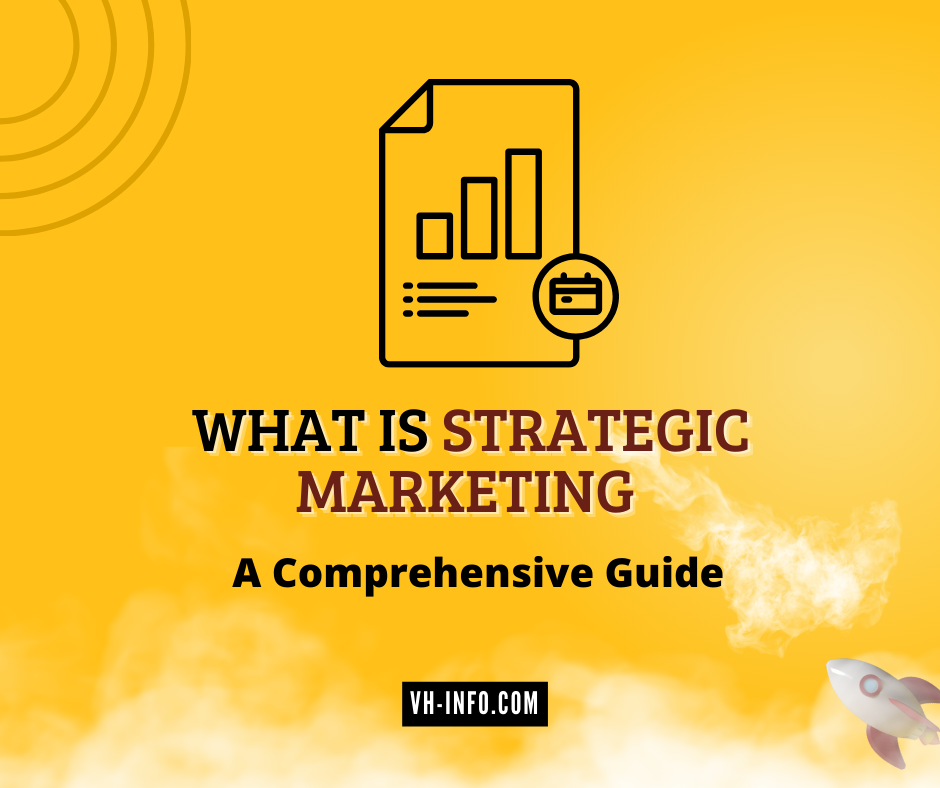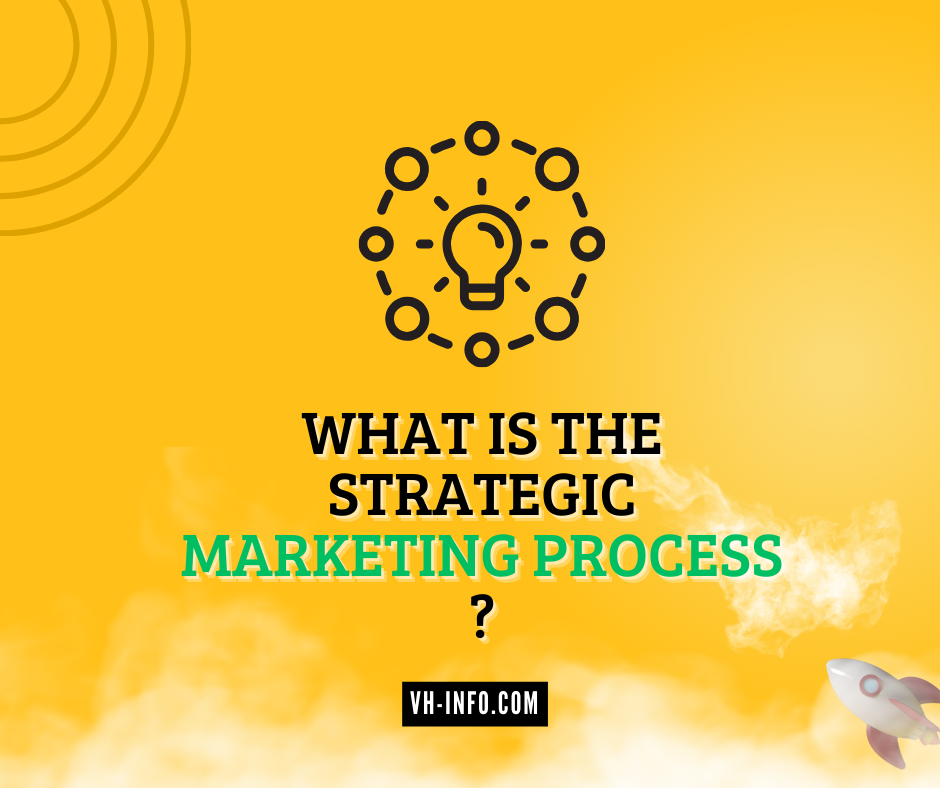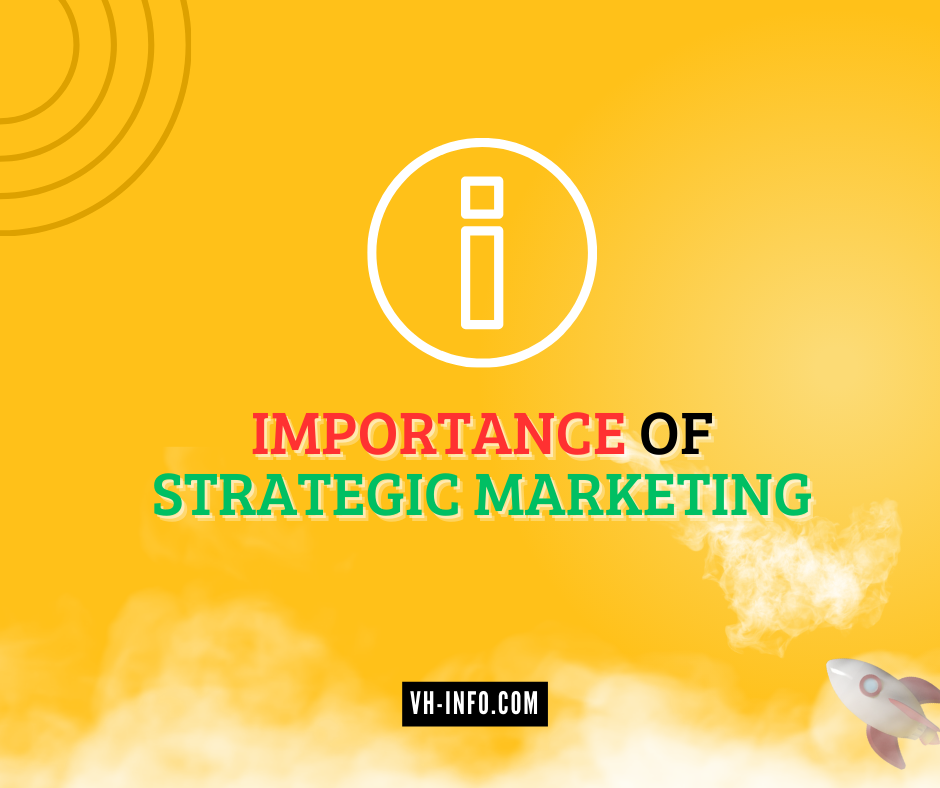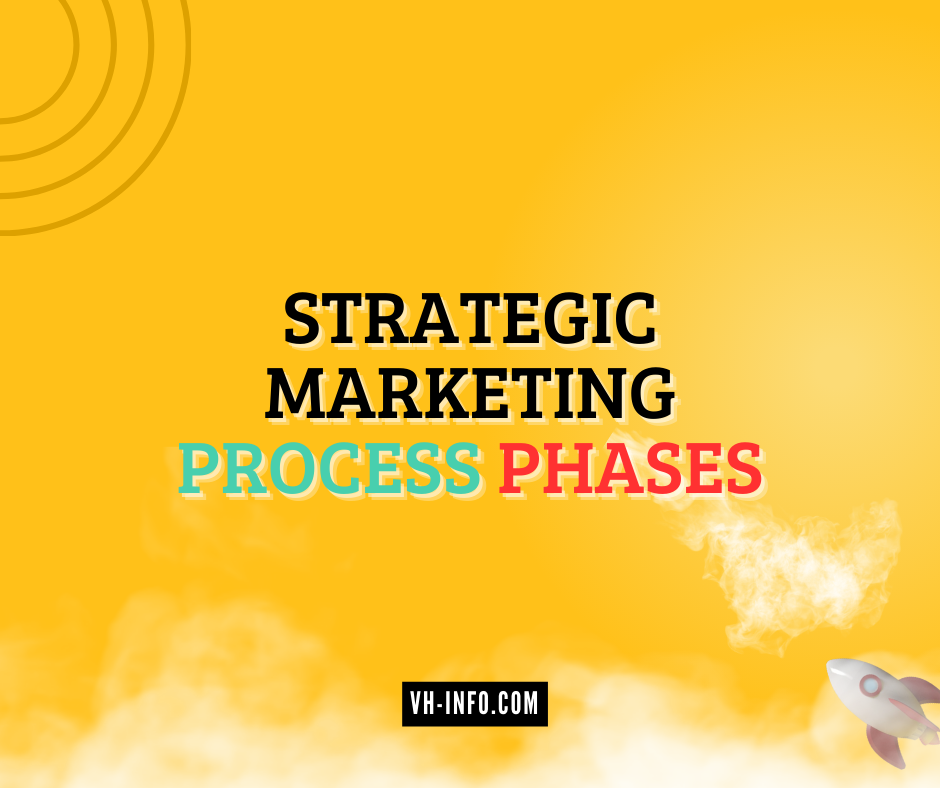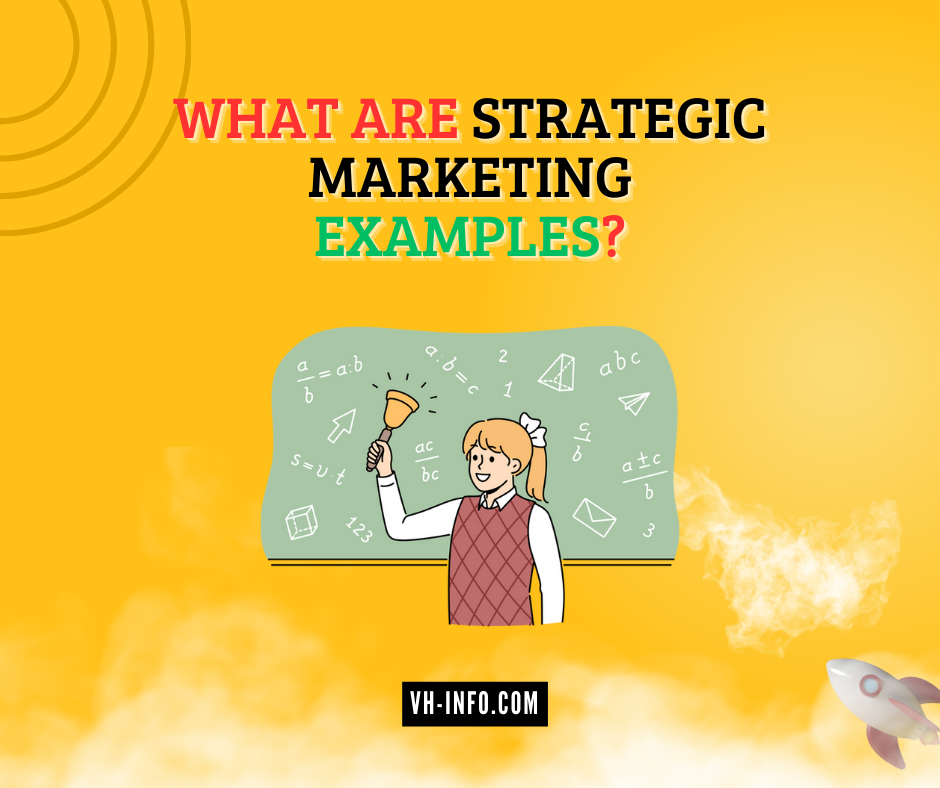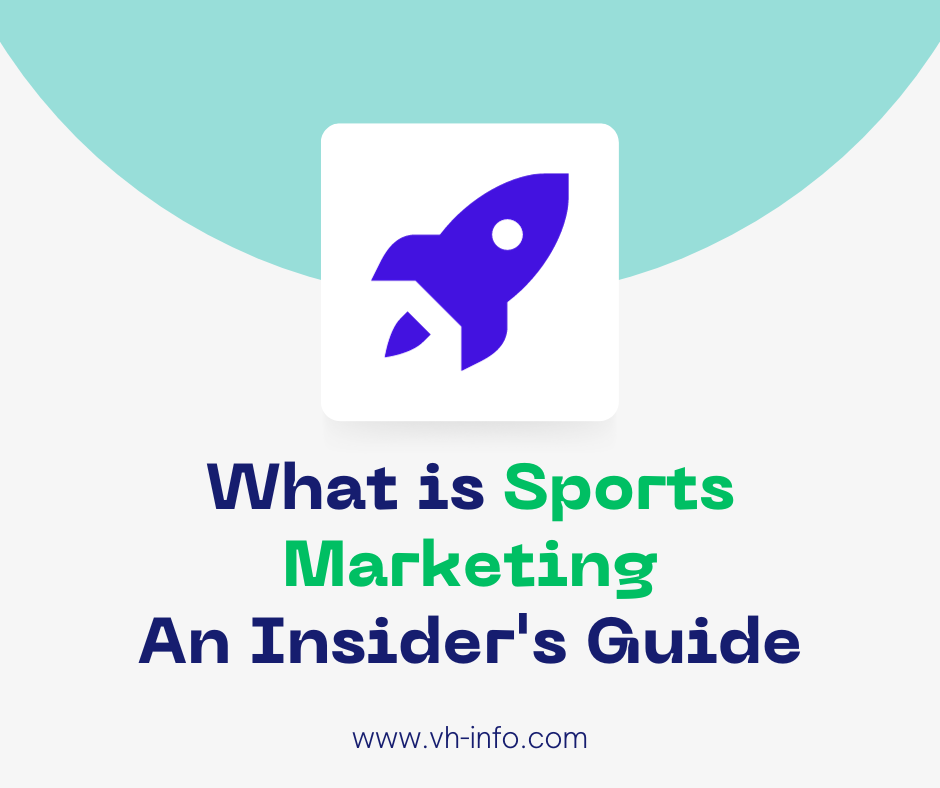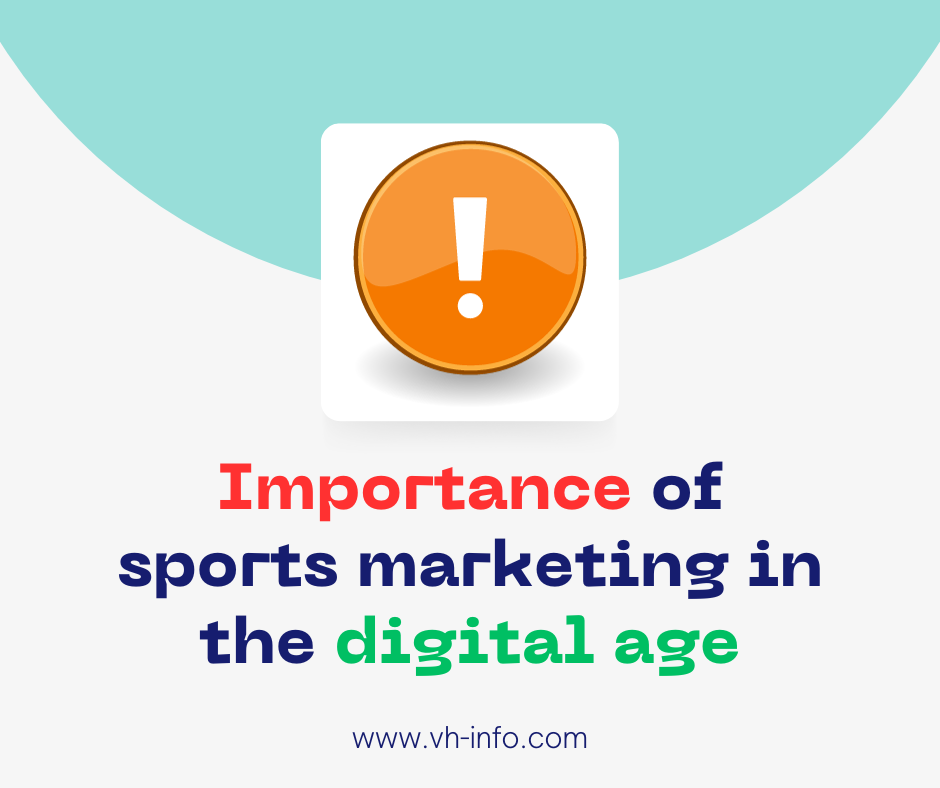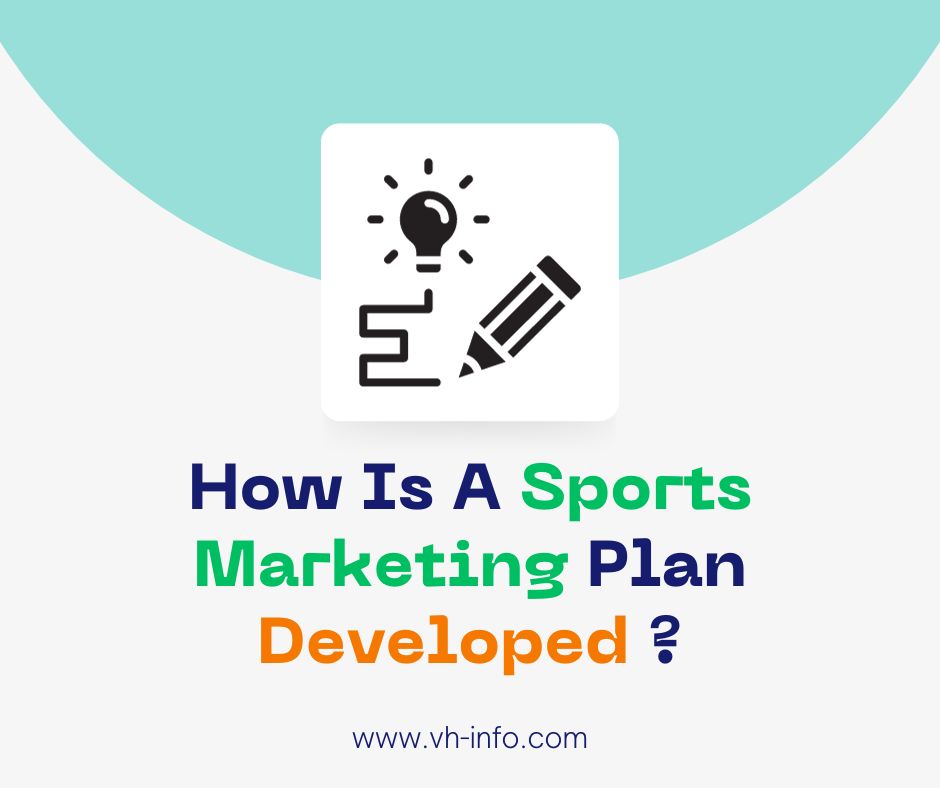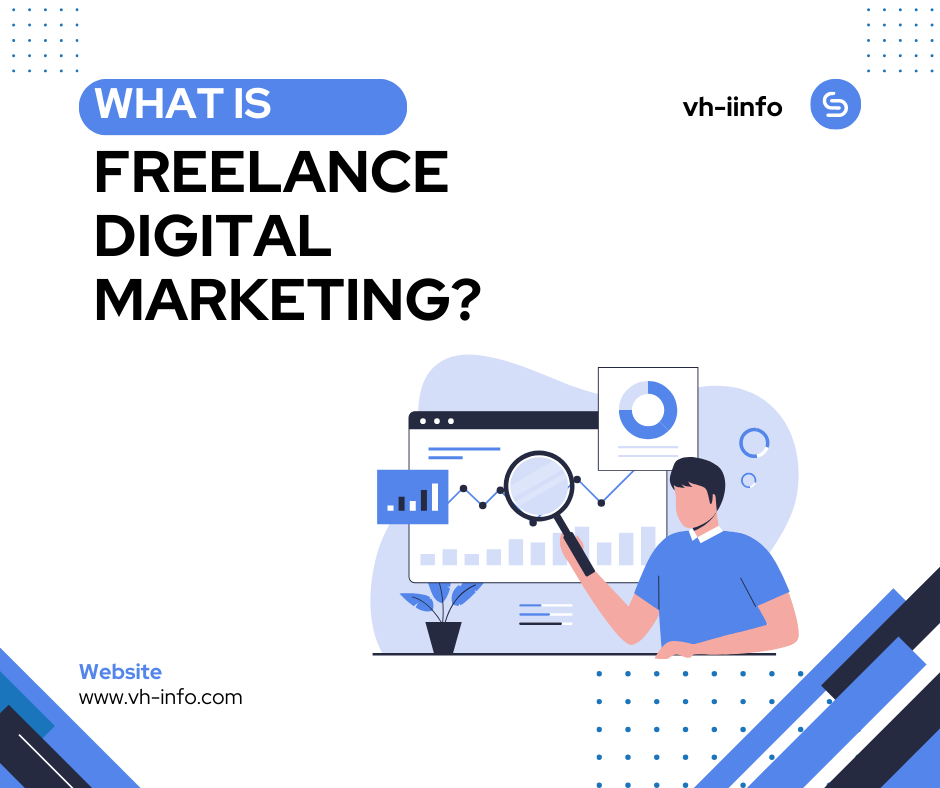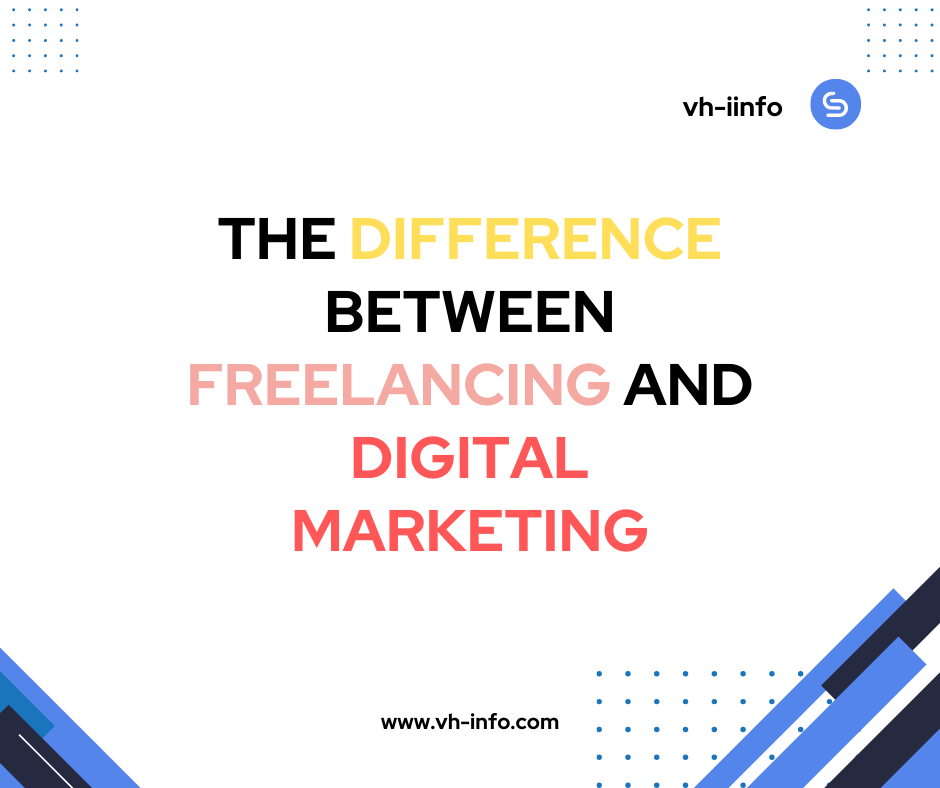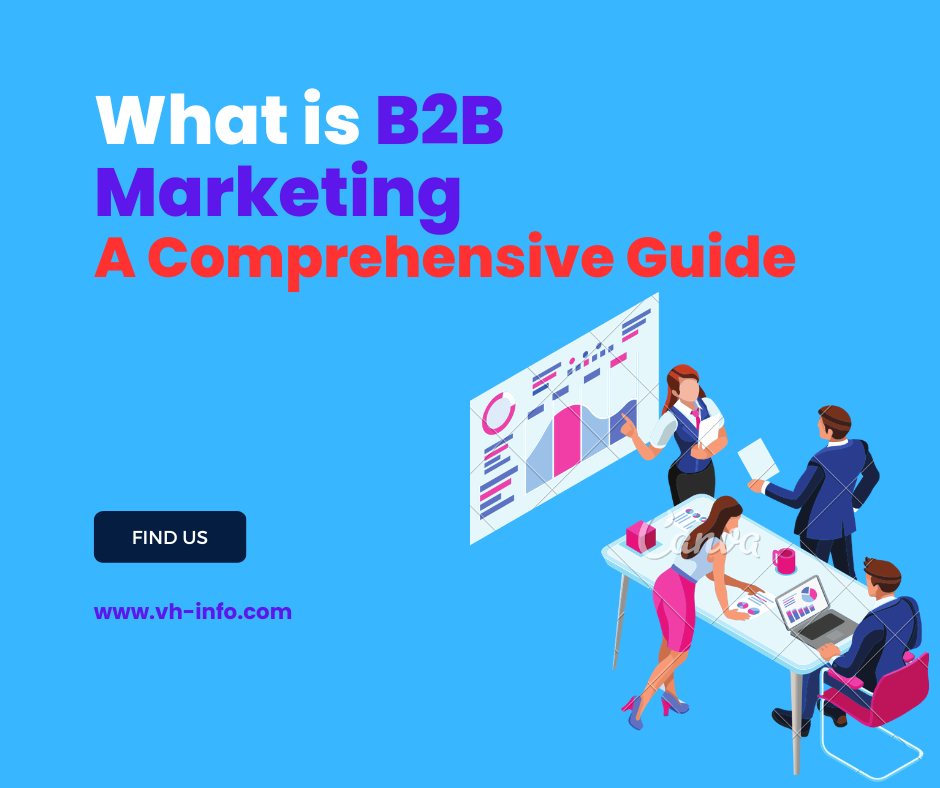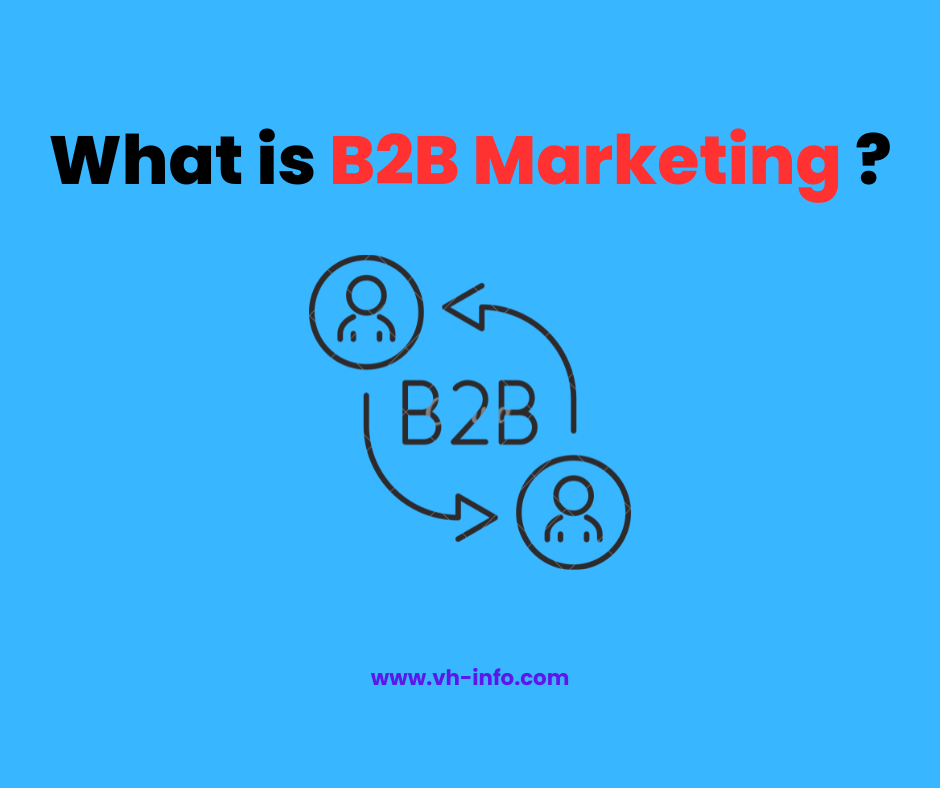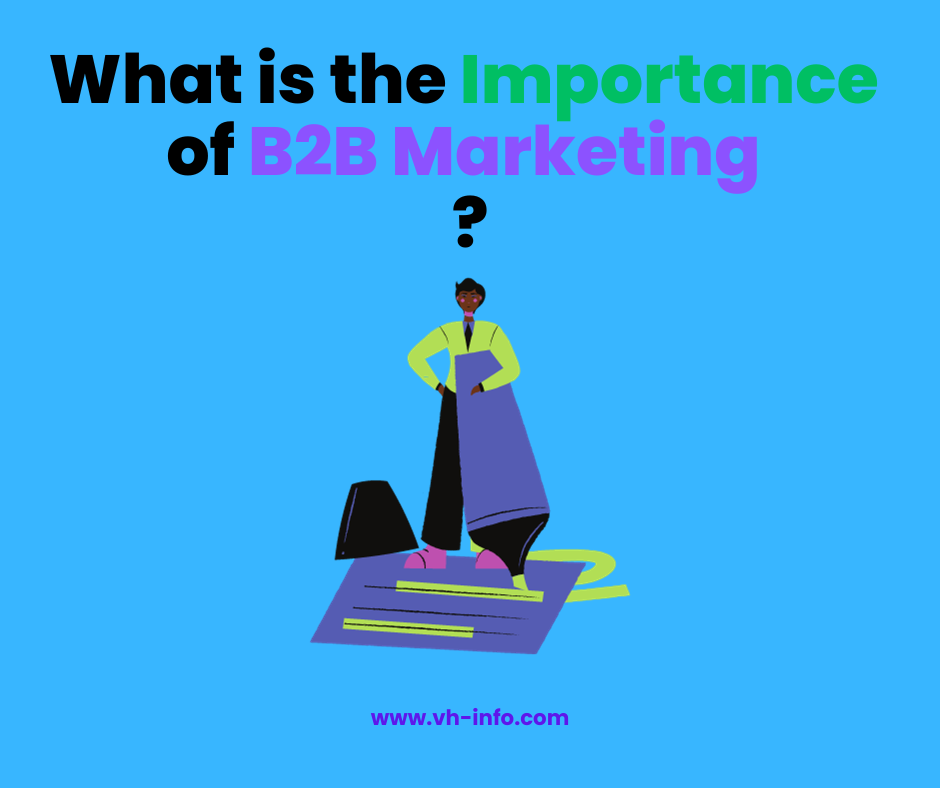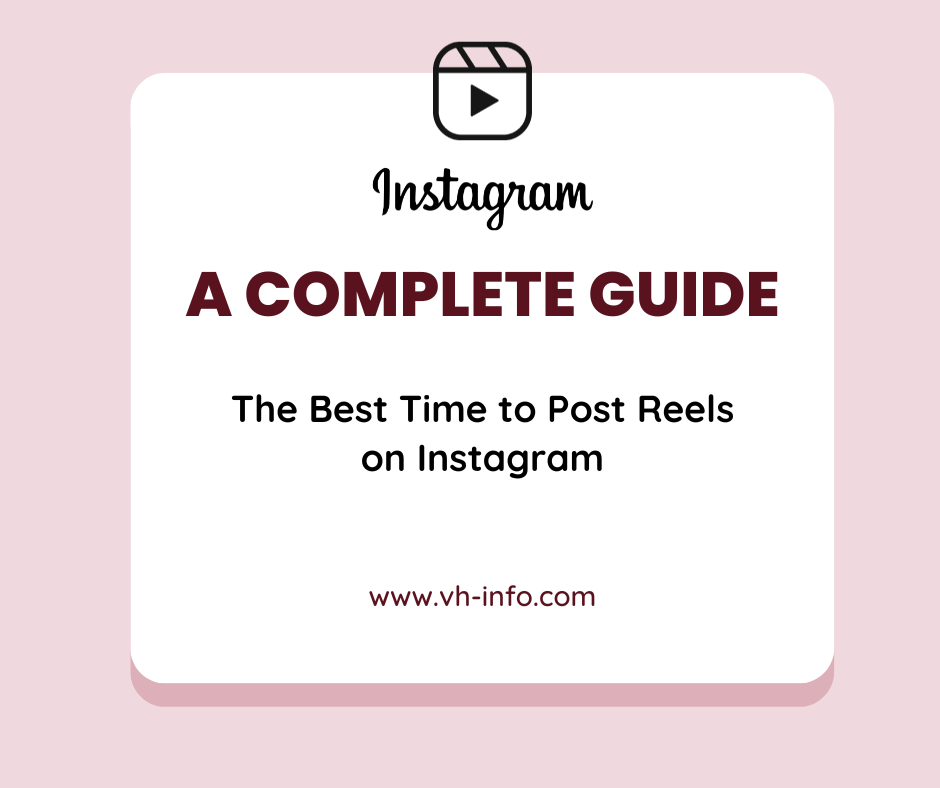As a team at VH Info, we’re passionate about helping businesses thrive through effective SaaS Link building Service, White lable Link building service and SEO for Startups. That includes motivating people when things are not going as planned.
This is where quotes from recognized people like Andrew Tate help.
That’s why, in this blog post, we’re excited to explore the empowering wisdom of Andrew Tate.
His unapologetic approach to life and relentless pursuit of success resonate with our dedication to helping you reach new heights in your industry.
We’ve curated some of Tate’s most compelling quotes that speak to the power of mindset, self-belief, discipline, and hard work to improve yourself.
Join us as we delve into his inspiring words, aiming to ignite your inner champion and drive you towards achieving your goals.
Let’s harness this motivation and pair it with our expertise in link-building to elevate your online presence and success.
Best Andrew Tate Quotes
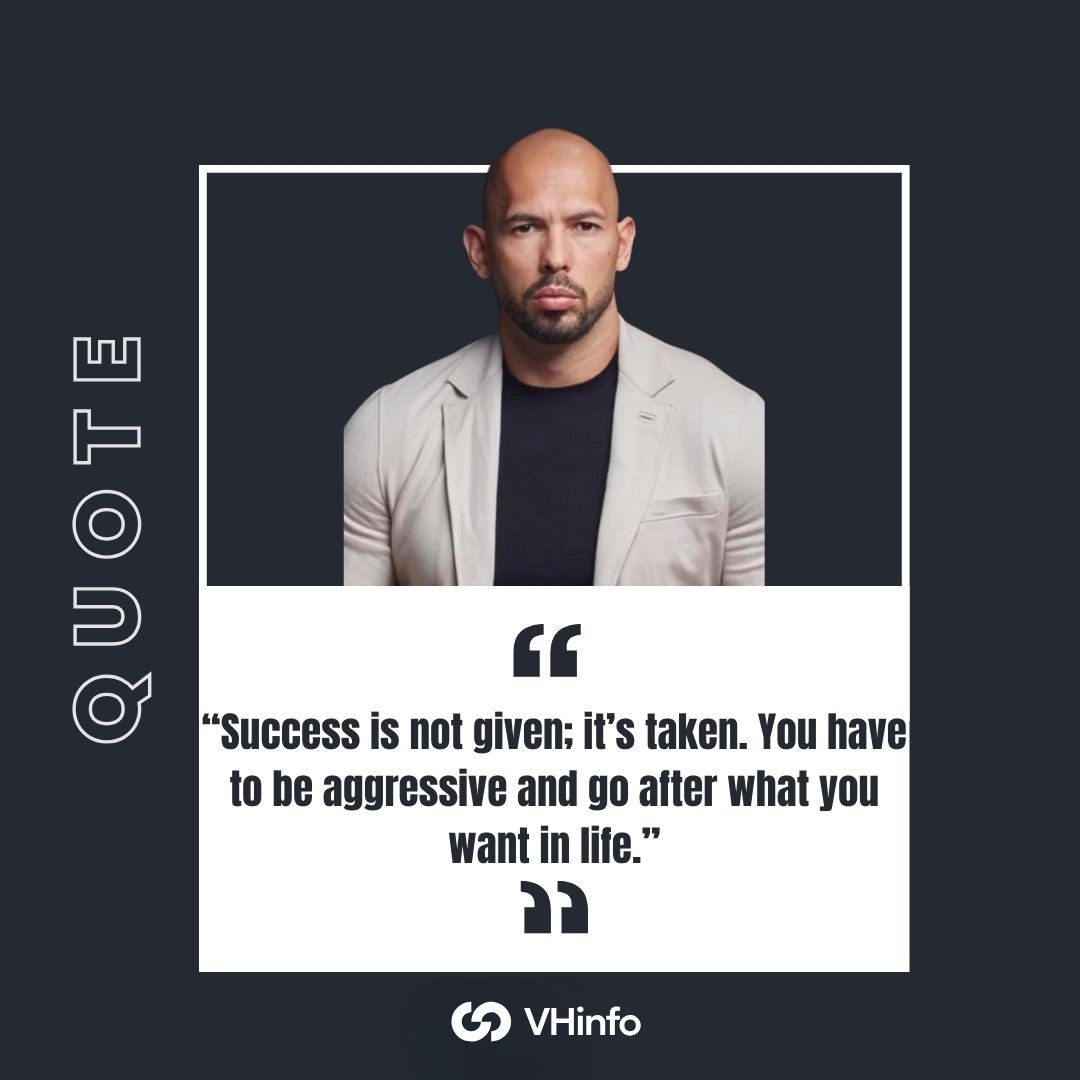
- “Success is not given; it’s taken. You have to be aggressive and go after what you want in life.”
- “Your mind must be stronger than your feelings.”
- “The key to success is to focus on what you can control and let go of what you can’t. Your energy is better spent on improving yourself rather than worrying about external factors.”
- “There is no light without dark. There is no joy without pain.”
- “Time is your most valuable asset. Don’t waste it on things that don’t bring you closer to your goals.”
- “A man without a vision for his future always returns to his past.”
- “The biggest obstacle to success is your own limiting beliefs. Break free from the mental chains that hold you back.”
- “Success is a product of consistency. It’s not about doing something once; it’s about doing it over and over until you master it.”
- “The harder you work, the more important you become.”
- “If you want to be successful, you must be willing to take risks. Comfort zones are the enemy of progress.”
- “Cost is the enemy of the poor man, so the poor try to save money. Time is the enemy of the rich man, so the rich try to save time.”
- “Success is a journey, not a destination. Embrace the process, learn from your failures, and keep moving forward.”
- “Your mindset is the single most important factor in determining your success or failure.”
- “If you want the happy tomorrows, you need the truths that hurt today.”
- “Poor people like to believe the rich are mysteriously unhappy to feel better about being poor.”
Andrew Tate Motivational Quotes
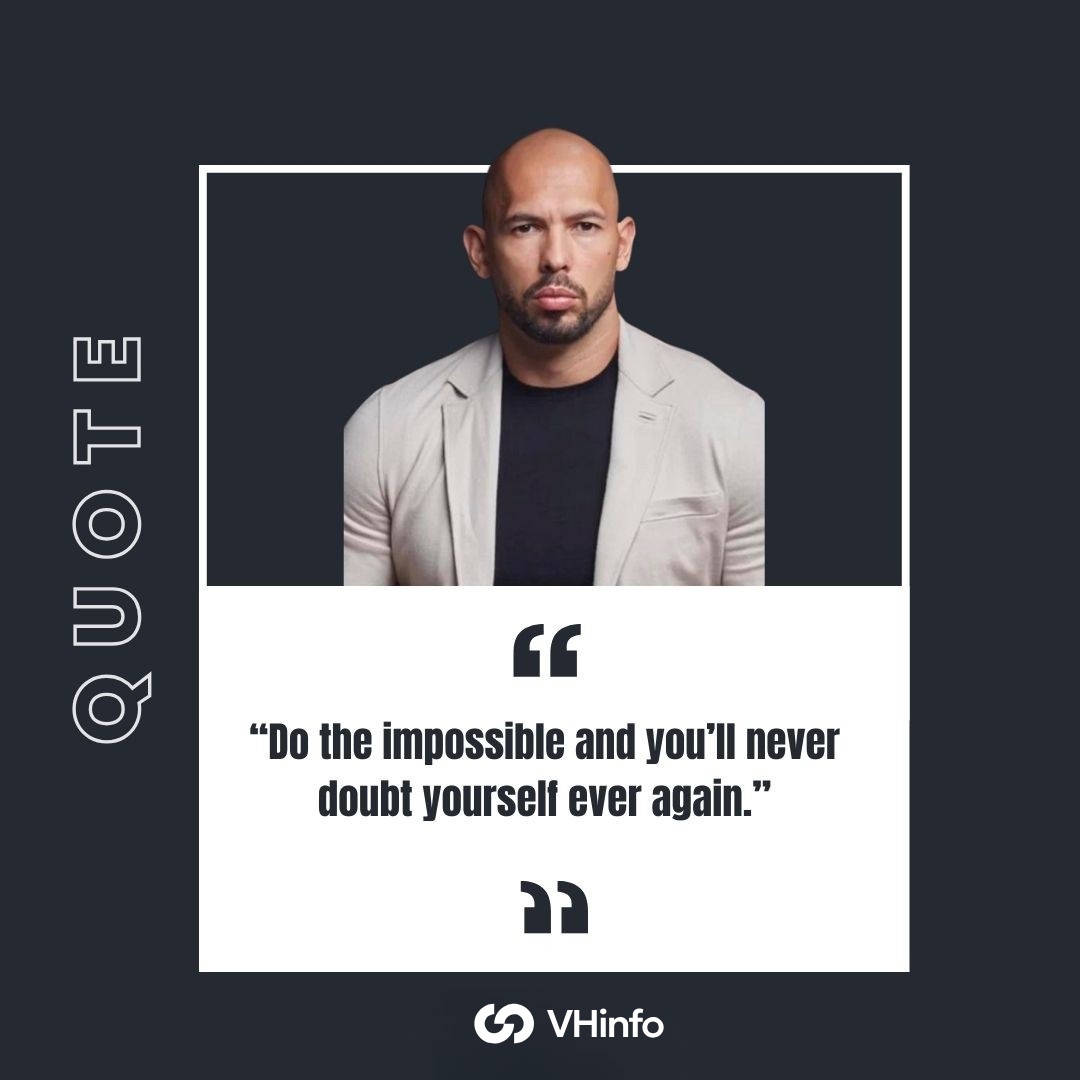
- “Do the impossible and you’ll never doubt yourself ever again.”
- “Intellect is nothing without energy. Ideas are nothing without energy. High-energy people win.”
- “The internet is the new battleground of earth, the wild west, the place of truth and opportunity.”
- “High standards protect you from low-quality experiences.”
- “Don’t listen to the advice of people who are living lives you don’t want to live.”
- “Emotional control isn’t a lack of emotion; it’s a necessary function of maturity.”
- “Your mindset is like a muscle, the more you exercise it, the stronger it becomes.”
- “You are exactly where you deserve to be. Change who you are and you will change how you live.”
- “You’ve never pushed yourself because you believe the goal can never be achieved.”
- “Aspire to be a superhero. Not a normal person with a bigger house and nicer car.”
Andrew Tate Quotes About Life
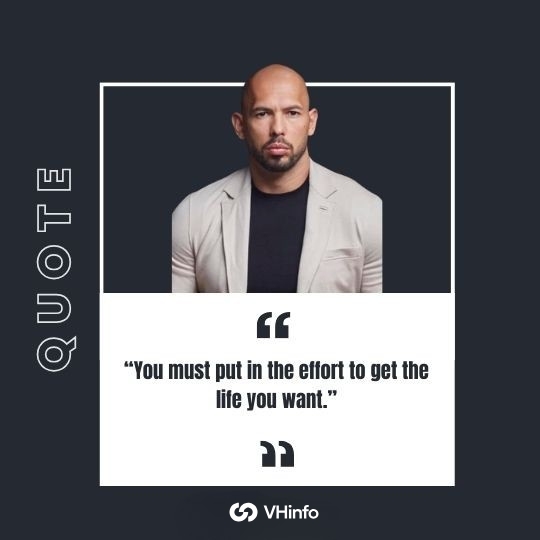
- “You must put in the effort to get the life you want.”
- “You don’t get to go through life only doing the things that you feel like doing.”
- “You are never going to have any of the things you want if you do not get them yourself. Nobody cares about you enough to do it for you.”
- “Life is too short to be living somebody else’s dream. Make sure you’re living yours.”
- “The key to a good life is understanding that it’s not about how much money you make, it’s about how much freedom you have.”
- “Don’t let other people’s opinions of you become your reality. You’re living for yourself, not them.”
- “Success comes to those who are willing to work for it. There are no shortcuts in life.”
- “Never apologize for who you are. Be unapologetically yourself and let the world deal with it.”
- “Life is a game, and you need to learn how to play it to win. Take risks, make moves, and never settle for mediocrity.”
- “Don’t wait for the ‘right time’ to start living your life. The right time is now. Start where you are with what you have and work towards your goals relentlessly.”
Andrew Tate Quotes About Love
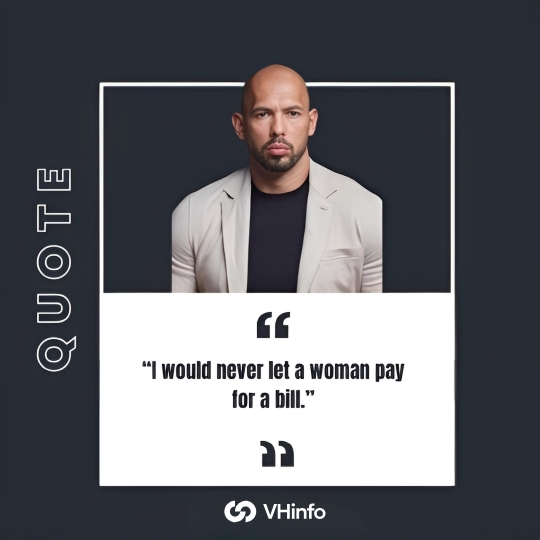
- “I would never let a woman pay for a bill.”
- “My women love me utterly, and I love them, and we’re nice to each other.”
- “If someone touched my woman, I would stand up against 10 men and fight to protect her!”
- “Being in love is absolutely and utterly a beautiful thing.”
- “You need to perform as a man… and then it’s on!”
- “I just don’t see the point in only being in love with 1 woman!”
- “I completely believe in love! I am a massive advocate for love.”
- “Being in love as a man is absolutely and utterly one of the best human experiences.”
- “You get to show her the world, you get to explore her innocence by showing her new experiences.”
- “I love the idea of family, I love the idea of children, I love the idea of being in love with a woman, I love the idea of her being in love with me.”
Wise Andrew Tate Quotes
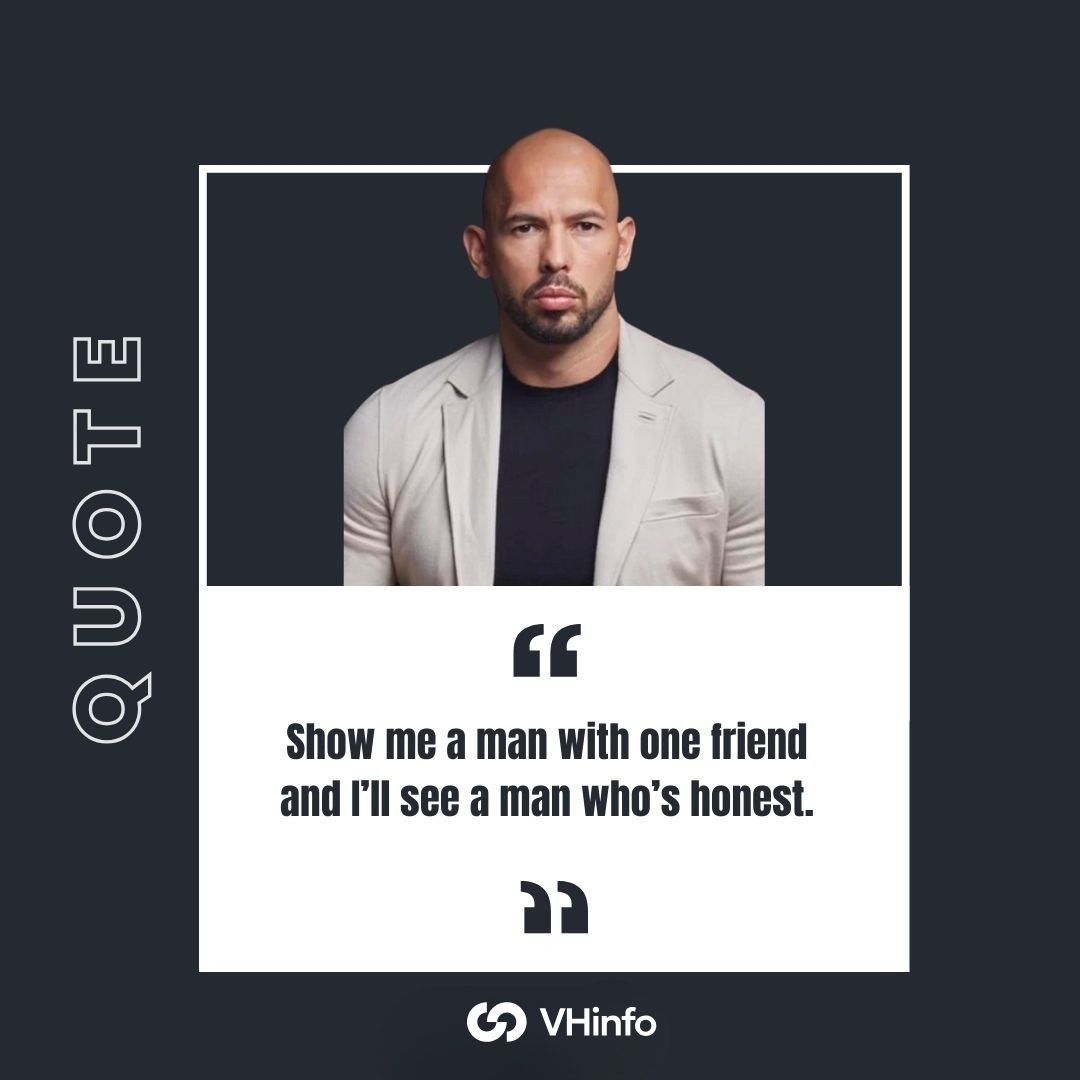
- You are never going to have any of the things you want if you do not get them yourself. Nobody cares about you enough to do it for you.
- Emotional control isn’t a lack of emotion; it’s a necessary function of maturity.
- Show me a man with one friend and I’ll see a man who’s honest.
- High standards protect you from low-quality experiences.
- The internet is the new battleground of earth, the wild west, the place of truth and opportunity.
- No exceptional person ever lived like an average person.
- Reject weakness in any form.
- The faster you work, the more work you get done.
Andrew Tate Quotes About Women
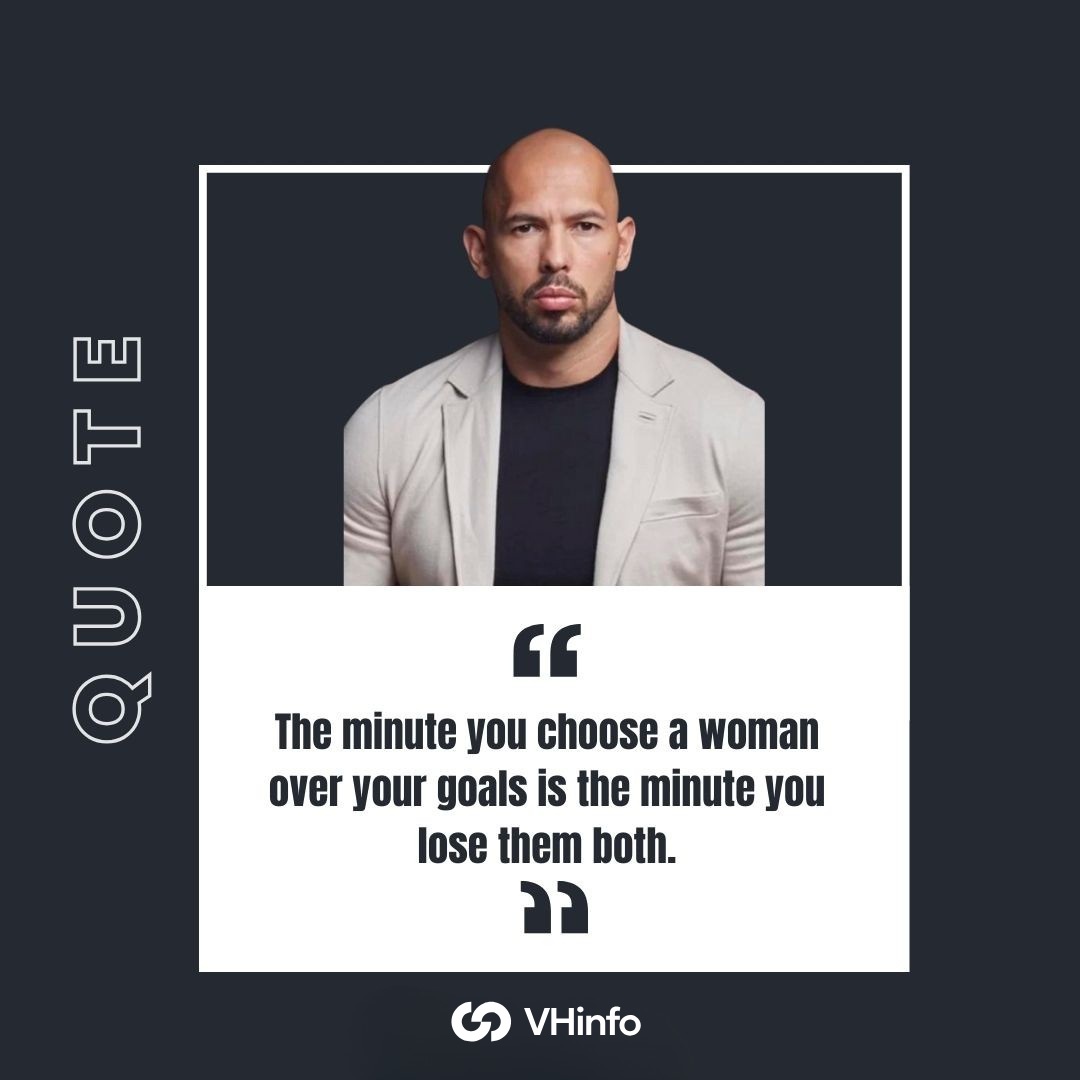
- The minute you choose a woman over your goals is the minute you lose them both.
- Women are attracted to strength and power.
- Women are not meant to lead, they are meant to follow.
- Women should focus on nurturing their femininity rather than trying to be like men.
- A woman’s true power lies in her ability to inspire and support her man.
- Women should prioritize their role as wives and mothers over pursuing careers.
You can also read our post on Independent Women Quotes.
Andrew Tate Quotes About Money & Success
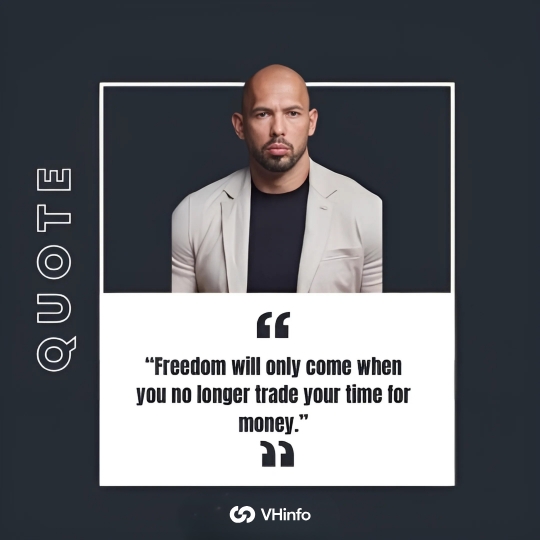
- Freedom will only come when you no longer trade your time for money.
- They want to get rich, but they have no plan to get rich! And a hope and a plan are two different things.
- Find a person who is as successful as you’d like to be, ask them what to do, do it and work hard.
- Success is always stressful.
- The amount of stress you can tolerate while remaining effective is directly correlated to the level of success you will enjoy.
- Money will fix all your problems. If money was so bad and did not bring happiness all the billionaires would be giving it away. Wake up.
- Money is always moving. If you get in the right place at the right time, then you’re going to get some!
- If you’re not willing to work hard, then you don’t deserve to be successful.
- Surround yourself with winners. Success breeds success.
- If you truly wanted money, you wouldn’t be able to sleep until you had it.
Andrew Tate Quotes About Mindset
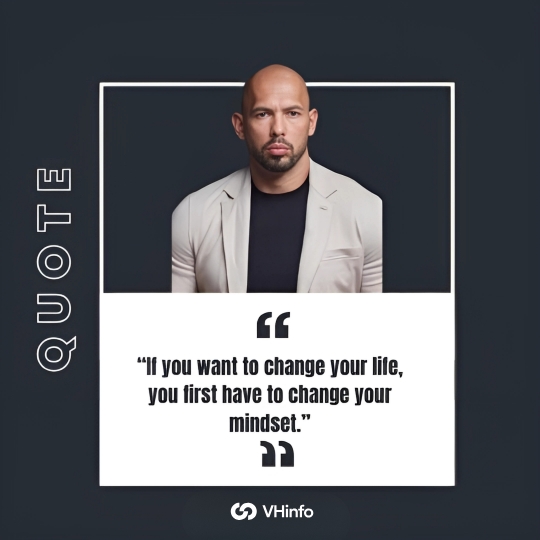
- “Your mindset is the single most important factor in determining your success or failure.”
- “The most successful people in the world have a mindset of abundance, not scarcity.”
- “Your mindset is like a muscle, the more you exercise it, the stronger it becomes.”
- “The only thing holding you back from achieving your goals is your own mindset.”
- “Success is not about luck, it’s about having the right mindset.”
- “If you want to be successful, you have to think like a winner.”
- “If you want to change your life, you first have to change your mindset.”
- “The difference between those who succeed and those who fail is often their mindset.”
- “I see people climb mount Everest or jump off buildings or do base jumping. They look crazy… what’s he doing? But I understand, because some people can’t live normal lives.”
- “A strong mindset is the key to achieving anything you want in life.”
Andrew Tate Quotes on Arrogance
- Arrogance is the cause of most first world poverty.
- Arrogance breeds complacency and complacency breeds failure.
Andrew Tate Quotes About Matrix
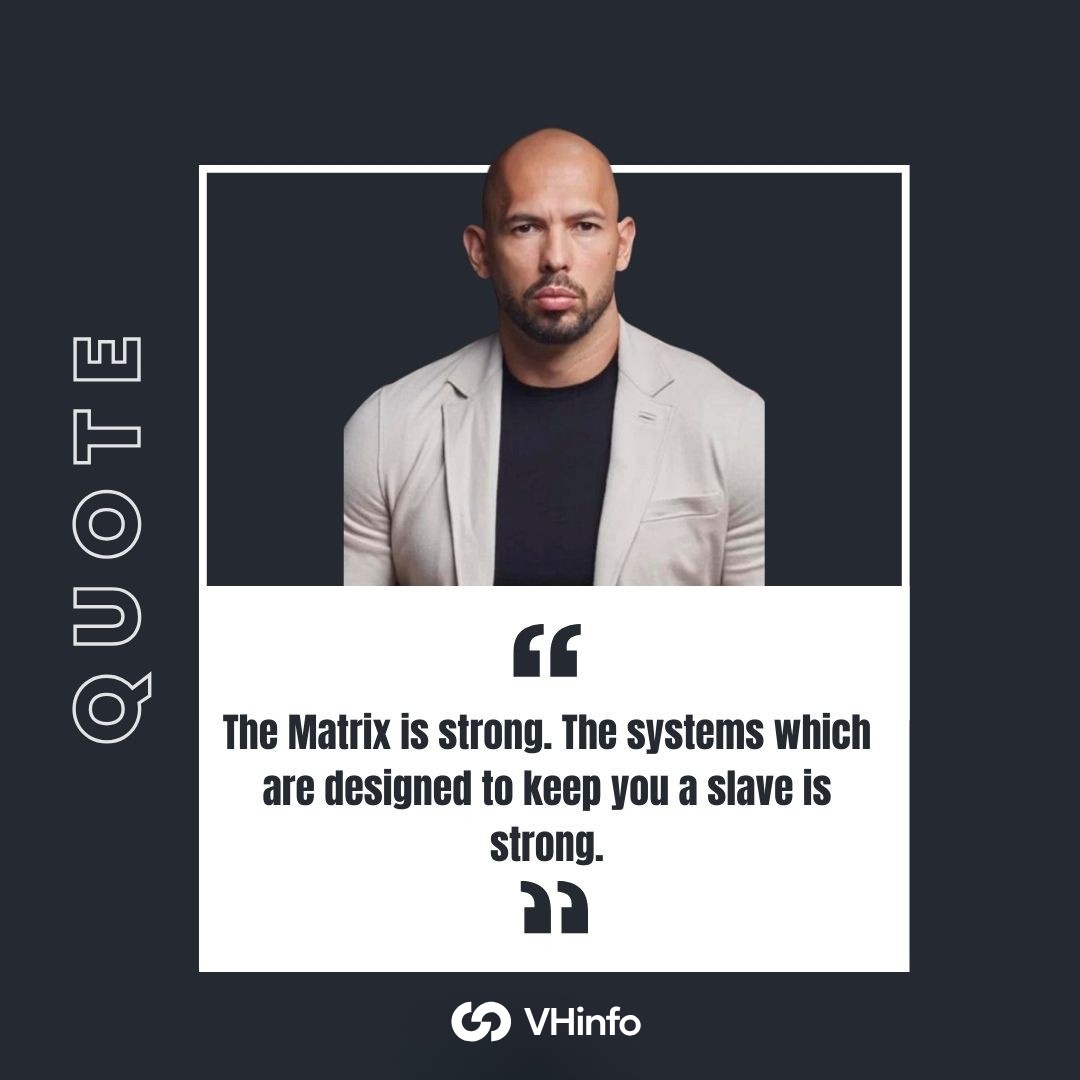
- The Matrix is strong. The systems which are designed to keep you a slave is strong.
- The Matrix is everywhere: fact check studies that everybody believes, the news you watch, the way you’ve been taught to think, educational systems.
- The Matrix blinds you from the truth: that you are a slave. They’ve stolen your consciousness. You are depressed, anxious, afraid.
- They don’t give you the news for free because they want you to be informed. They give you the news because they want you to watch it so they can tell you what to think.
Andrew Tate Quotes About Masculinity
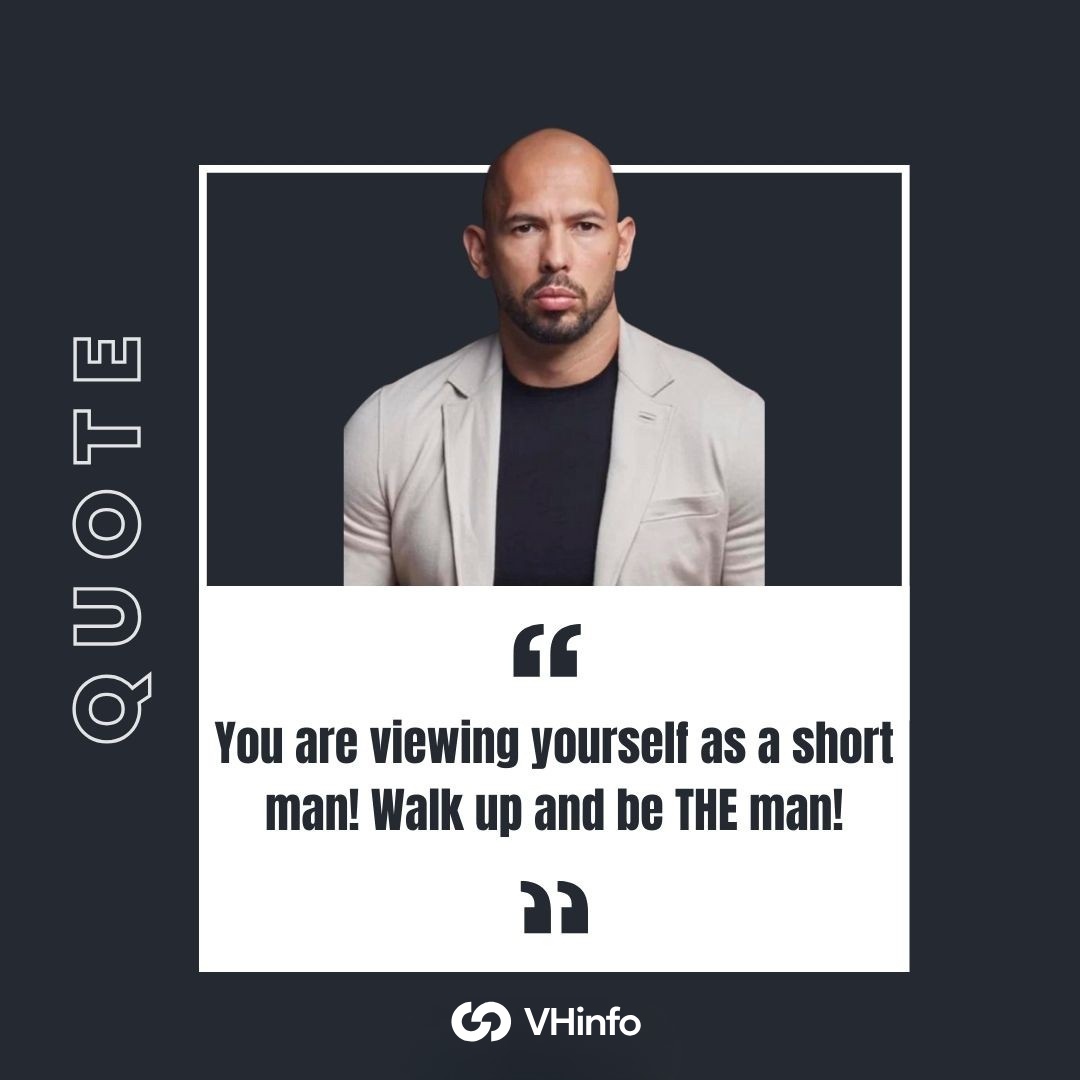
- The man who goes to the gym every single day regardless of how he feels will always beat the man who goes to the gym when he feels like going to the gym.
- Make your last name mean something. Only a coward doesn’t care about their bloodline.
- Adversity builds men. It is your duty to challenge yourself and craft your own world.
- Men should be extremely complicated, a result of the perplexity of empire building and constant war. A man who doesn’t live this reality, isn’t a man.
- The hallmark of a real man is controlling himself, controlling his emotions, and acting appropriately regardless of how he feels.
- You are viewing yourself as a short man! Walk up and be THE man!.
Andrew Tate Quotes On Discipline
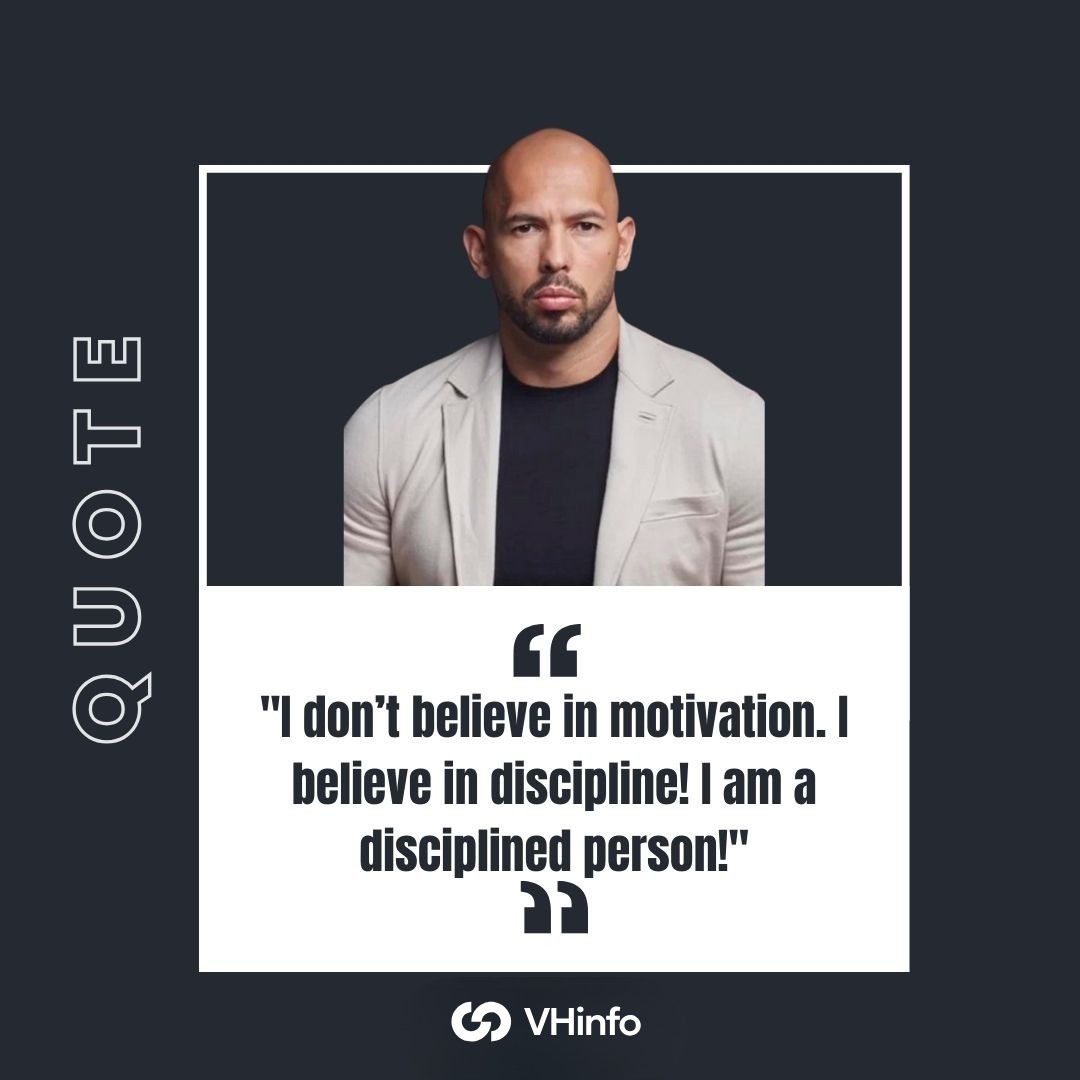
- “I don’t believe in motivation. I believe in discipline! I am a disciplined person!”
- “I don’t need to be motivated because I’m disciplined. If I allocate X amount of time to do something, I’m going to do it.”
- People who train every day do not want to train every day. They are not motivated to train every day. They have something else, they are disciplined.
- You’re going to have to work when you don’t feel like working. That’s how it’s going to have to be, or you’re never going to be anything.
- The difference between successful people and unsuccessful people is the willingness to do what others won’t.
- Discipline is not a punishment. It’s a practice of self-control and self-mastery.
- “The temporary satisfaction of quitting is outweighed by the eternal suffering of being a nobody.”
- Discipline is the key to success. Absolutely is. If you cannot force yourself to do something that you do not want to do, how are you ever gonna put yourself through the suffering required for greatness?
- “Discipline is the foundation of freedom.”
- “Success is the result of discipline, dedication, and sacrifice.”
Andrew Tate Quotes on Veganism and Vegetarianism
- “You think because you sit there and eat tofu that you’re somehow changing the basic universal constants of the reality we exist within. You’re not changing shit. You’re a dork.”
- “When you’re saying ‘I’m a vegetarian or a vegan,’ you’re saying ‘I deny reality, I deny one of the most basic fundamentals of reality,’ which is for something to live, something else must die.”
- “Why am I supposed to feel guilty for destroying an animal so that I can grow when every single thing that’s ever existed, ever, has destroyed something else to grow. What, I’m going to come along and be Mr. Nice Guy and I’m gonna undo the laws of the universe?”
Other Inspirational Andrew Tate Quotes
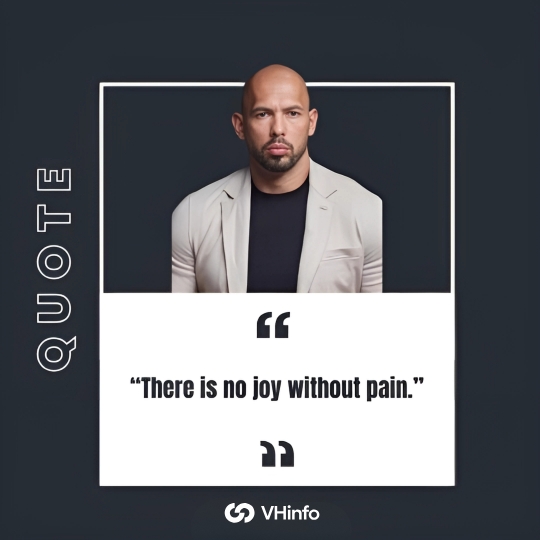
- “There is no joy without pain.”
- “Reject weakness in any form.”
- “If failure makes you stronger, you can never lose.”
- “Don’t listen to the advice of people who are living lives you don’t want to live.”
- “No exceptional person ever lived like an average person.”
- “If failure makes you stronger, you can never lose.”
- “The harder you work, the more important you become.”
- “You can become rich, you can become strong, you can take care of your loved ones and enjoy the fact it will be very difficult.”
- “Show me a man with one friend and I’ll see a man who’s honest.”
- “You are never going to have any of the things you want if you do not get them yourself. Nobody cares about you enough to do it for you.”
FAQ’s:
Who is Andrew Tate?

Andrew Tate is a really famous guy that lots of people are searching for right now. He was born on December 14, 1986, in Chicago, Illinois, and grew up in Luton, England. His dad was Emory Tate, a well-known chess player.
In 2016, Andrew Tate became really popular because he got kicked out of the UK’s Big Brother TV show. There was a video of him trying to hurt a woman with a belt, and that made a lot of people notice him.
He’s known for saying bold things about success, life, and how men and women should act, which gets him a lot of attention on the internet.
Why Read Andrew Tate Quotes?
Reading Andrew Tate’s quotes can be interesting because he’s super popular on social media right now. You might have seen him on TikTok, Instagram, Pinterest or YouTube because lots of people are looking him up on Google.
His quotes can help start conversations about the controversial stuff he says. Plus, they might inspire you to work really hard and go after your dreams. This article has gathered motivational quotes from Andrew Tate’s social media posts, videos, and writings just for that!
You can also read this post to choose the right social media marketing tool for your business.
What are the Benefits of Reading Andrew Tate’s Quotes?
Reading Andrew Tate’s quotes can be really helpful for a few reasons.
Firstly, they’re super motivating and can give you the push you need to tackle tough situations and reach your goals.
Secondly, his quotes act like a roadmap, guiding you on the path to success. They also give you a peek into his way of thinking, which can be pretty insightful.
Lastly, Andrew’s advice in his quotes covers different areas like fitness, self-help, and personal growth, offering useful tips and info on these topics.
So, diving into his quotes might just give you the boost and guidance you need in life!
What did you Learn from these Andrew Tate Quotes?
Andrew Tate is known for saying things that spark a lot of debate, especially about women.
Lots of people watch his videos on social media, like TikTok, and some folks think those platforms should do something about it.
Tate is really good at making money using the internet.
He puts stuff on his social media to get people to visit his website, where he sells courses.
If what he said got you feeling inspired, maybe it’s encouraged you to go after what you want in life!
Conclusion
Andrew Tate is a well-known figure in the world of motivation and self-improvement. His quotes are often inspiring, thought-provoking, and offer valuable insights into various aspects of life, love, success, mindset, and more. Reading Andrew Tate quotes can provide you with a fresh perspective, motivate you to take action, and encourage personal growth.
Whether you’re looking for wisdom on relationships, money, discipline, or even veganism and vegetarianism, Andrew Tate’s quotes cover a wide range of topics. His unique approach and straightforward delivery make his quotes resonate with many individuals seeking inspiration and guidance.
It’s all about working on yourself, grinding, rising up and exploring new avenues. By exploring Andrew Tate’s quotes, you have the opportunity to gain new insights, challenge your beliefs, and find motivation to overcome obstacles. So why not dive into his collection of quotes and see how they can inspire you to live a more fulfilling life?
